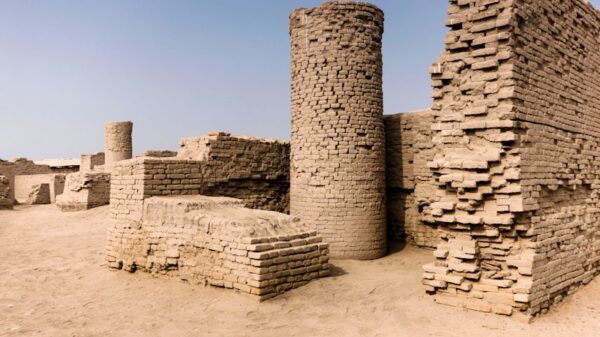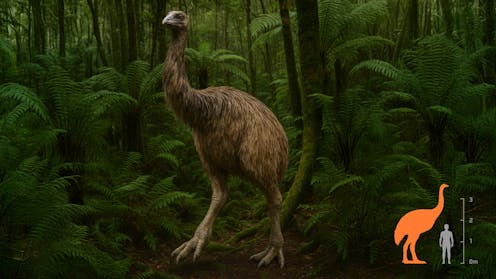The recent announcement that Colossal Biosciences aims to resurrect New Zealand’s giant moa, known as the moa nunui, has sparked significant concern within the scientific community. In collaboration with the Canterbury Museum, the Ngāi Tahu Research Centre, and filmmaker Peter Jackson, the U.S.-based company follows its prior project, which involved the genetic engineering of a dire wolf—a task many experts believe was comparatively simpler.
Challenges abound for the moa de-extinction initiative, primarily because birds are generally more complex to bring back than placental mammals. The process requires a suitable surrogate egg to incubate the developing chick. Currently, there are no extant bird species large enough to provide such eggs for moa, suggesting that artificial egg development would be necessary.
Evolutionary hurdles complicate the endeavor further. Research indicates that the moa is most closely related to the tinamou, a small flying bird native to South America. To reconstruct a creature akin to the moa, scientists would need to trace back approximately 60 million years of evolution, a timeline rife with genetic mutations. This extensive evolutionary history presents formidable challenges when attempting to recreate the characteristics that defined the moa.
Concerns Over Feasibility and Ethics
The palaeognath group, which includes the tinamou and various lineages of both living and extinct flightless birds, has a deeply entrenched evolutionary timeline. Any attempt to genetically engineer a tinamou or related species to resemble a moa would not only be technically demanding but would also produce a creature that lacks the true essence, or mauri, of the original moa. Critics argue that such a creation would fall short of being an authentic moa.
Moreover, there is no existing analogue among the palaeognath group that could provide a functional model for the ecological role of a revived moa. Unlike other flightless birds, the moa had no wings, presenting unique challenges in genetic engineering. Any attempt to reintroduce such a species would necessitate targeting specific genetic regions responsible for wing development, which could result in unforeseen consequences.
Researcher Nic Rawlence is currently engaged in a project that aims to sequence the genomes of several moa species to better understand their evolutionary lineage. Discussions with local Maori communities, or tangata whenua, indicate a lack of support for de-extinction efforts. Many iwi, including the significant Ngāi Tahu, express concerns about the handling of moa bone samples and genetic materials, advocating for these resources to remain within New Zealand.
Community Engagement and Ecological Considerations
Engagement with the local Maori communities remains crucial. Rawlence’s research team has already communicated with individual tribal councils, finding unanimous opposition to the idea of de-extinction. Any project aimed at reviving the giant moa would require a broad consensus across iwi in the South Island.
The Maori community has long voiced their concerns regarding genetic engineering and the potential loss of cultural heritage associated with moa. The involvement of the Ngāi Tahu Research Centre in the project is a positive step, as it indicates a willingness to restore habitats suitable for any potential reintroduced species. Yet, restoring the ecosystems that once supported moa populations presents its own challenges.
Even if a revived species could survive in a controlled environment, experts estimate that a minimum of 500 individuals would be necessary to maintain genetic diversity and prevent inbreeding. This raises important questions about funding and resource allocation, as conservation efforts for existing endangered species could be jeopardized by the financial commitment required for such a project.
While the genetic engineering capabilities being developed by Colossal Biosciences hold promise for endangered species conservation, experts suggest that resources might be better invested in existing native species. For instance, engineering a kākāpō to resist disease could have more direct benefits for New Zealand’s biodiversity.
In summary, while the ambition to resurrect the moa captures the imagination, the scientific, ethical, and ecological challenges involved make it a daunting task. As the conversation continues, it will require careful consideration of both the scientific possibilities and the cultural implications for New Zealand’s indigenous communities.































































